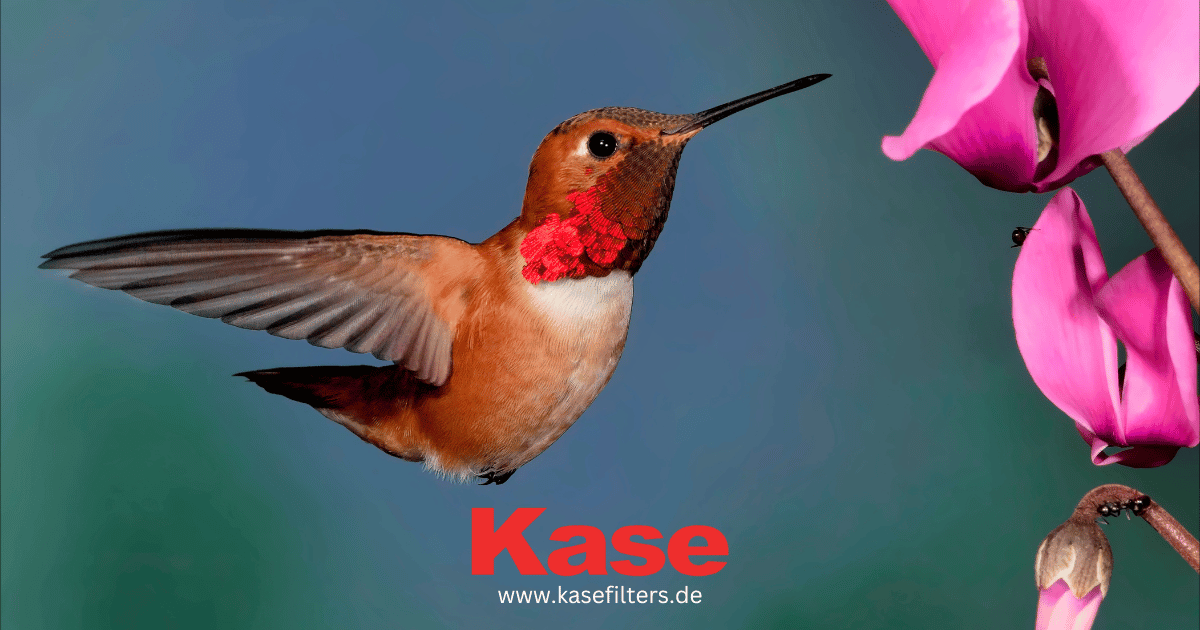General

What is Shutter Speed and How to Adjust it: Tips for Taking Amazing Photos
The shutter speed is one of the three pillars of photography, along with the diaphragm opening (or aperture) and the ISO. Controlling these three parameters allows photographers to manipulate the light that enters the camera, allowing them to create stunning, high-quality images.
What is shutter speed?
Shutter speed, specifically, is the amount of time the camera's shutter stays open to allow light to enter the camera sensor. This speed is measured in seconds or fractions of a second. A faster shutter speed allows less light in, resulting in a darker image, while a slower shutter speed allows more light in, resulting in a brighter image.
Basic Principles About Shutter Speed

1. The Crucial Role of Shutter Speed in Exposure
Shutter speed is a crucial component in controlling the exposure of a photograph. Along with aperture and ISO, shutter speed determines how much light reaches the camera sensor.
2. Shutter Speed Rule of Thumb
The basic rule is that faster shutter speeds (e.g. 1/2000) decrease the amount of light entering the camera, while slower shutter speeds (e.g. 1 second) increase the amount of light. However, it should be noted that slower shutter speeds can also create motion blur, while faster shutter speeds can freeze action.
3. Shutter Speed and Depth of Field
Shutter speed also affects the depth of field of an image. Faster shutter speeds result in a shallower depth of field, while slower shutter speeds result in a greater depth of field.
How to Calculate Shutter Speed?
Shutter speed is usually expressed as a fraction of a second. For example:
- A shutter speed of 1/250 means that the shutter is open for 0.004 seconds.
- A shutter speed of 1/4 means the shutter is open for 0.25 seconds,
In conclusion, the smaller the fraction of a second in shutter speed, the faster the photo is captured. Most modern cameras allow you to change the shutter speed in increments of 1/3 or 1/2 stops. For example, if your camera is set to a shutter speed of 1/60, the next fastest step would be 1/125 (for 1 stop increments) or 1/80 (for 1/2 stop increments).

When to Use Higher or Lower Shutter Speed?
The choice of shutter speed depends on the effect you want to create with your photo and the conditions of movement and light..
Slower Shutter Speed: For night or landscape photography
To create a motion blur effect, use a slower shutter speed. This allows the moving subject to "blur" while the shutter is open, giving the feeling of movement.
- Landscape or moving water photography
If you want to create a motion blur effect, use a slower shutter speed. This allows the moving subject to "blur" while the shutter is open, giving the sensation of movement. This effect is often used in landscape shots with moving water, where a slower shutter speed makes the water appear smooth and silky.
- Night or low light photography
Night photography is another context where a slower shutter speed can be useful. When shooting at night, there is generally less light available. Slowing the shutter speed will allow more light to enter the camera sensor for a prolonged period, helping to illuminate the scene. This is especially useful when shooting cityscapes at night, where city lights can create beautiful streaks of light with a long exposure. However, it is worth remembering that slower shutter speeds require a steady hand or the use of a tripod to avoid camera blur, as any camera movement during this time will be captured in the image.
Higher Shutter Speed: For sports and wildlife photography
- Wildlife Photography
In wildlife photography, the subject of the photo is often fast moving and unpredictable. To freeze these movements and get sharp, detailed images of animals in action, it is recommended to use a faster shutter speed. This captures the precise instant without any blur, allowing the movement to be completely frozen. Generally a speed of 1/250 or 1/500 may be sufficient. But in cases of very fast movement you can use speeds of 1/1000 or more. A fast shutter speed can also be useful for photographing birds in flight, where fast and constant movement can be challenging to capture.
- Sports Photography
In sports photography, athletes are often moving fast and you'll need to capture the action at the height of the movement. Using a faster shutter speed allows you to 'freeze' this action and create a sharp image, whether it's a player taking a shot, a runner at the finish line or a swimmer diving into the water. A high shutter speed is essential to capture these high-energy moments with clarity and precision. A speed of 1/1000 is often used in these cases.
Exploring Shutter Speed: In conclusion
Understanding and experimenting with shutter speed will significantly expand your photographic skills. With practice, you will be able to use shutter speed to create a variety of effects and picture styles.
